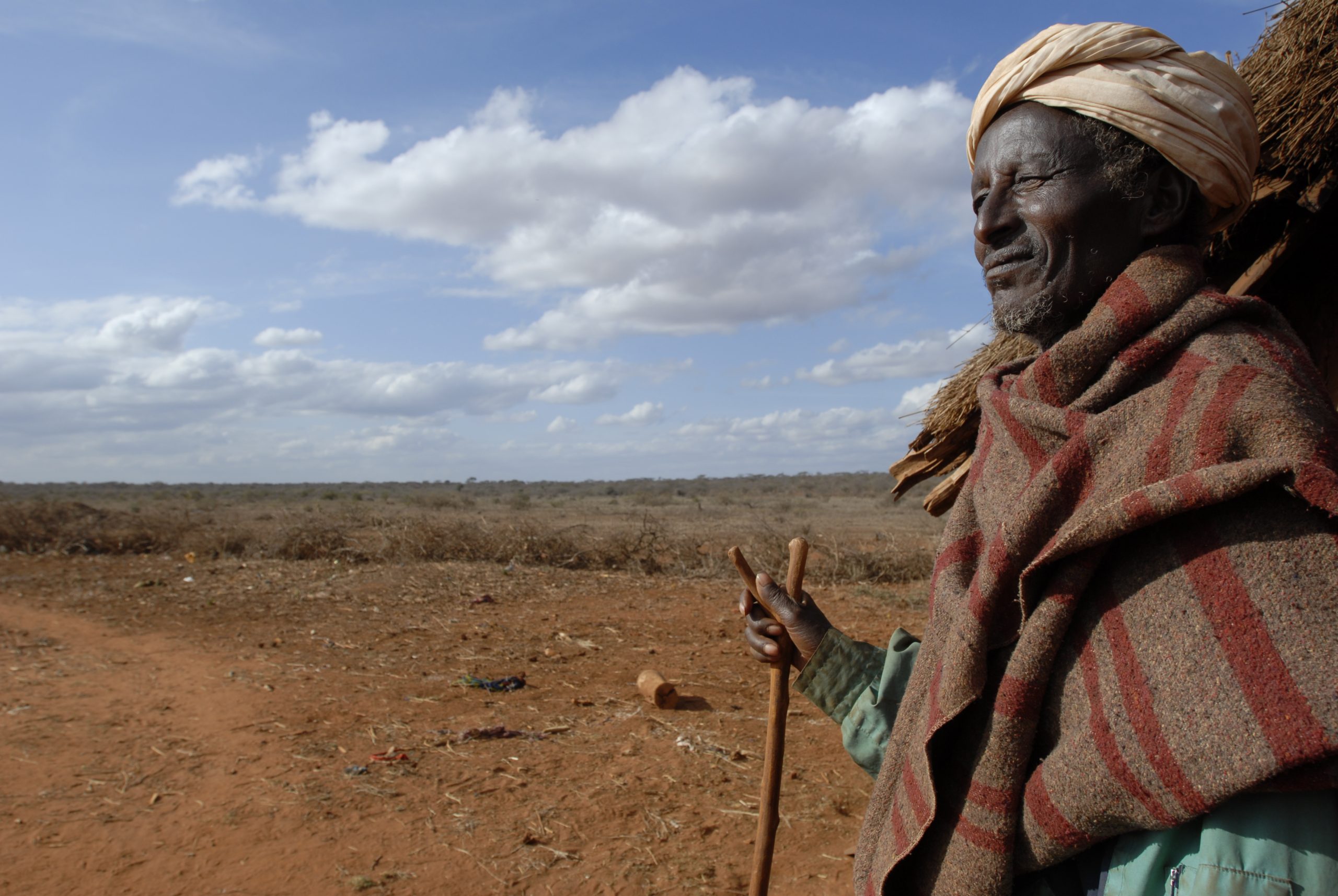Dr Tena Alamirew (Water and Land Resources Centre, Addis Ababa University) and Dr Edoardo Borgomeo (Honorary Research Associate at the Environmental Change Institute, University of Oxford)
Livelihoods and economic activities have always been tied to water in the Awash basin. The basin is set to experience more water-related challenges as the demand for water is projected to rise dramatically, with towns growing, industrial activities multiplying and irrigation expanding. Meanwhile, the basin already suffers routinely from floods and droughts. The prevalence of rainfed agriculture, which account for more than 95% of agriculture in the basin, means that farmers’ incomes and the basin’s economy suffer from the impacts of water scarcity and variability.
A study recently published in Ecological Economics as part of the REACH programme, presents new evidence on how rainfall shocks (either too much or too little rainfall) impact economic sectors and households in the Awash basin. The agricultural sector and farmers are directly impacted by these shocks, as most agriculture in the basin is rainfed and farmers are not equipped to adequately cope with variable water supplies. Declining yields due to rainfall shocks, especially dry shocks when rainfall is below average levels, can also ripple through the economy causing losses to the industrial and services sectors.
When rains exceed long-term averages, both poor and non-poor households experience economic gains. A 5% increase in rainfall from long-term averages leads to an increase in household incomes between 5 to 10%. Prolonged drought destroys crop yields -directly damaging agricultural production, livelihoods, and food security- but also causes the economic performance of the industrial and services sectors to drop by about 4-5% compared to years with normal rainfall. Some poor households may not be as adversely affected from small reductions in rainfall because the crops they tend to farm and consume (cereals like teff) are more drought-resistant than the cash crops produced by wealthier households.
Economic expansion without adequate provision of water services, management of hydrological variability and protection from water-related risks, leaves economic activities in the Awash basin exposed to the destructive impacts of water. This work is being used as a stepping stone to inform and appraise investments in water security in the basin. The methodology is transferrable to other river basins in Ethiopia and beyond to identify water’s role in influencing economic growth.

